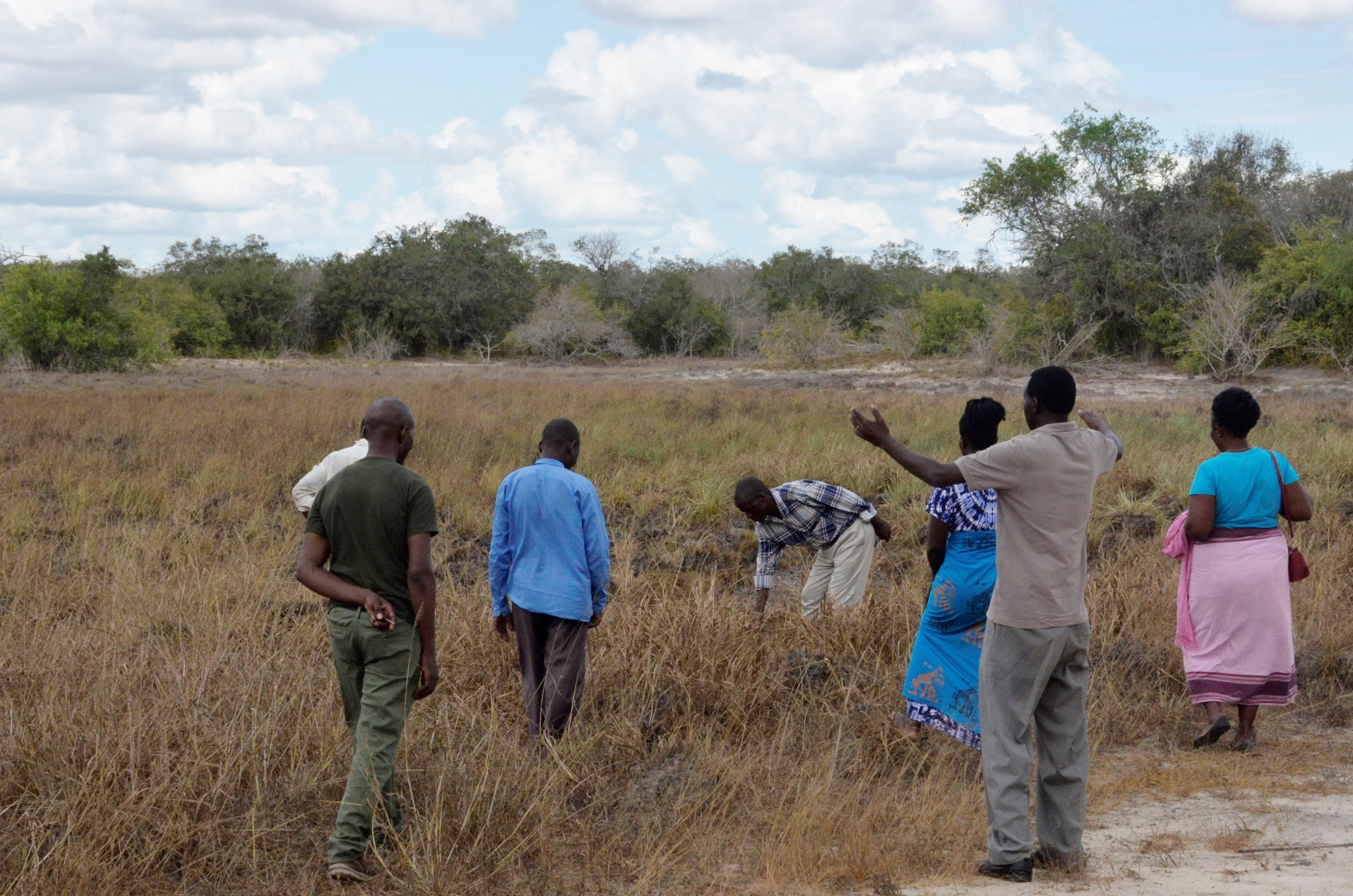One small Kenyan indigenous community’s quest to save its forest
Although it lacks formal protection, the Dakatcha Woodland is home to 13 endangered species, and provides food, income and climate protection to locals

Mary Badiva cautiously scanned through minutes of a past meeting, as she prepared to lead a group of community members through a meeting at Kasikini village in Kilifi County on Kenya’s northern coastline.
Mary is the secretary of the group which is mostly drawn from the little-known indigenous Waatha tribe, a marginalised hunter-gatherer community on the Kenyan Coast.
The day’s agenda of the meeting is an update on the state of the 3,000-hectare Kasikini community conservancy, land donated by the Waatha community for conservation.
The conservancy, which is currently being watched by over 40 community scouts, is part of Dakatcha Woodland, an extensive tract of somewhat intact coastal woodland, north of the Sabaki River.
“We are deliberating on the state of the forest today. We want to know the challenges that were recorded in the past few weeks and how they would be addressed by the community,” Mary says.
Although Dakatcha Woodland has been identified as a key biodiversity area and important bird area, it currently has no formal protection.
The area majorly consists of miombo woodlands and impenetrable thickets of Cynometra but their slow disappearance is what led to the setting aside of community conservancy. The disappearance and lack of formal protection also led to the purchase of parcels of land within Dakatcha that currently serve as nature reserves.
“Originally, we were a hunter-gatherer community. We survived because of the Dakatcha Woodland where we used to collect food and hunt,” said Abaduba Guyo, 88.
“Years later, hunting was outlawed and we are now farmers but we still need these forests. We need them for our own identity. It is a home of iconic species and we also need the forests for the rains.”
Besides being a key pillar of identity for the Waatha community which has set aside 3,000 acres as part of indigenous community conserved areas, the future of one of the world’s rarest birds – Clarke’s Weaver is dependent on Dakatcha.
In 2013, researchers discovered that Clarke’s Weaver’s only known nesting site was in the miombo woodland of Dakatcha. The bird is classified as endangered according to the International Union for Conservation and Nature, with an estimated 2,000 estimated remaining.
The woodland is also home to the endangered Golden-rumped elephant shrews, Sokoke Scops owl, and Sokoke pipit.
However, being a vast land with no formal protection, Dakatcha Woodland has been fast shrinking over the years due to illegal charcoal production, and uncontrolled pineapple farming among other threats.
“Initially, the forests here were so thick but now they are people’s farms. People started selling but we came together as a community and decided to keep part of it as a forest,” says Mary.
“Already we are facing seasons of intense droughts and we need forests so that we can be able to grow our own food comfortably. We need to keep these animals and birds that only survive here and nowhere else.”
To combat the disappearance of the once-impenetrable Dakatcha Woodland, local conservationists living within the woodland formed the Dakatcha Woodland Group, a site support group in partnership with Nature Kenya, a conservation organisation.
The aim was to encourage communities to form community conserved areas to secure critical breeding sites as in the case of Waatha in Kasikini.
“We realised that the once-famous Dakatcha woodland was disappearing and would remain just as a story,” Patrick Changawa, the Secretary of Dakatcha Woodland group said.
Changawa said while the woodland once spread across Tanzania, the forest cover has drastically reduced over time with upcoming developments and increasing population.
“Unlike now, the forests were more intact but it has continued to be fragmented. A lot has changed too and it is upon the community to reverse the situation.”
“As part of our work, we create awareness among our communities on the importance of these forests. We also take part in monitoring these birds to tell the health of this environment,” he said.
This article is reproduced here as part of the Space for Giants African Conservation Journalism Programme, supported by the major shareholder of ESI Media, which includes independent.co.uk. It aims to expand the reach of conservation and environmental journalism in Africa, and bring more African voices into the international conservation debate. Read the original story here.
Join our commenting forum
Join thought-provoking conversations, follow other Independent readers and see their replies
Comments